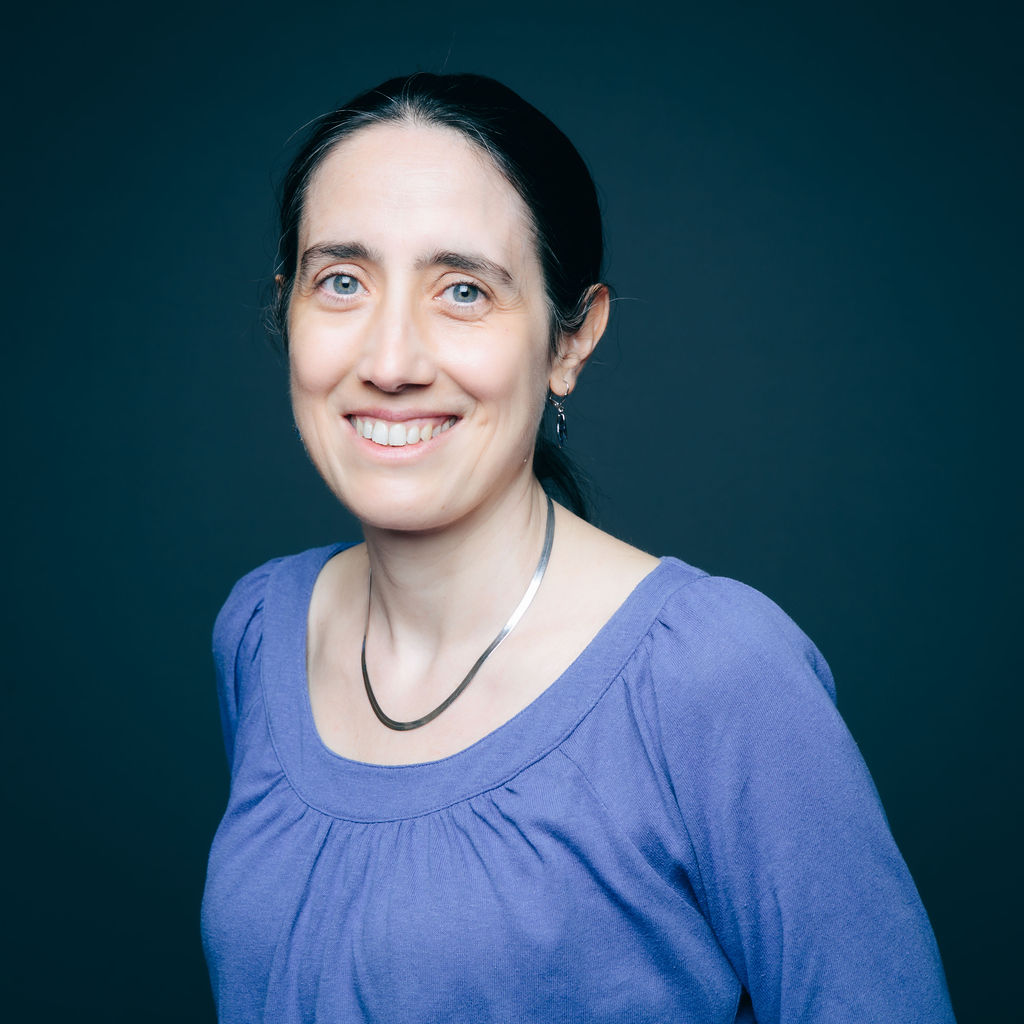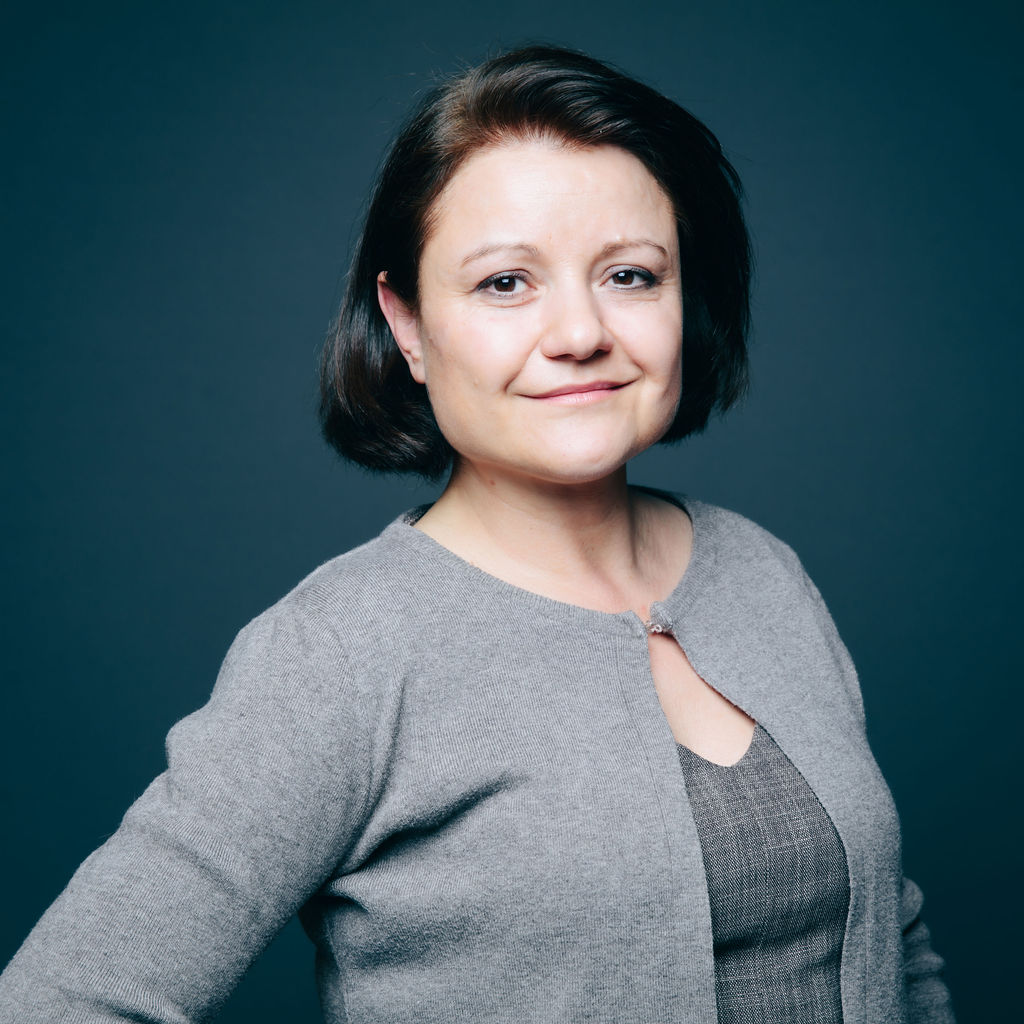This website uses cookies so that we can provide you with the best user experience possible. Cookie information is stored in your browser and performs functions such as recognising you when you return to our website and helping our team to understand which sections of the website you find most interesting and useful.
Protection of inventions relating to a dosage or administration regimen in China: possible but only in some cases
Paris, October 19, 2022 – Like many other offices, the Chinese Patent Office does not grant protection to inventions relating to a method of therapeutic treatment. However, as in many countries with this type of exclusion, it is possible to protect the use of a drug in the treatment of a disease.
But what about inventions relating specifically to a new dosage or administration regimen, when the use of the drug in the disease of interest is already known?
Provided that an appropriate wording is used, this type of invention does not seem to be strictly excluded from patentability in China. However, according to the examination guidelines of the Chinese Patent Office, the technical features involved only in the administration of the drug should not be taken into account for the examination of novelty and inventive step.
Should we therefore conclude that inventions relating to a dosage or administration regimen have no chance of being patented in China?
Not necessarily. The technical features involved in the manufacture of the drug product can be taken into account for examining novelty and inventive step, which is linked to the particular wording accepted in China for claims directed to a therapeutic use (as the so-called “Swiss” type, which mentions the manufacture of the drug).
Therefore, whenever it is possible to associate the new technical feature (i.e., the new dosage or administration regimen) with the manufacture of the drug, novelty of such a claim can be argued on this basis. It should be noted that the Chinese Patent Office seems to remain reluctant to grant patents for this type of invention.
For example, changes in the route of administration, such as switching from oral administration to subcutaneous injection, can sometimes involve changes in drug formulation, which have to be made when preparing the drug. The feature of mode or route of administration could then be taken into account for examining novelty.
Similarly, if a new dosage is found and the use of this new dosage involves a modification in the manufacturing process of the drug, this dosage could be considered as a limiting technical feature and distinguishing the subject matter of the claim from the prior art.
Thus, a claim having a dosage range depending on the patient’s body weight and an interval between two administrations (two aspects which can only be managed during administration) as a distinguishing feature was rejected by the Supreme Court of China, while a claim having a dosage range in mg (not dependent on the patient, and likely to be taken into consideration when manufacturing the drug) as a distinguishing feature has been validated by the Intermediate People’s Court of China.
In view of the foregoing, it appears that it is difficult to protect inventions whose subject matter relates to a dosage or administration regimen in China. However, it is still possible to attempt to obtain protection for some of these inventions if the claims are drafted so that it is possible to argue that the technical feature relating to the dosage or the route of administration plays a role in the manufacture of the drug.
In view of the public health issues at stake and the colossal research investments required in in the pharmaceutical field, it is to be hoped that the Chinese practice concerning the protection of inventions relating to a dosage or administration regimen will become more flexible as is the case in Europe.
In the meantime, our teams are at your disposal to assess, on a case-by-case basis, the chances that your inventions relating to a dosage or administration regimen can be protected in China, notably before entering into national phase in this country.
Coming soon on the same subject: the situation in South Korea


